Mulching enhances the soil condition in your garden by keeping moisture and preventing weeds from growing. Mulches make a well-groomed and tidy garden without spending so much time watering and removing weeds. If you wanted to know how to mulch your bed for the first time, we've done the research and found these answers.
Follow these steps to create a mulch bed:
- Identify the location.
- Measure the area.
- Compose the soil.
- Till the soil.
- Water the soil.
- Add compost to the bed.
- Choose the type of mulch.
- Apply the mulch.
Mulching is not as easy as it may seem, but once you know how to do it, your plants will thank you. Keep reading to learn the detailed process of mulching a bed from scratch.
![mulching garden conifer bed with pine tree bark mulch, How To Make A Mulch Bed From Scratch?[Step By Step Guide]](https://gardentabs.com/wp-content/uploads/2022/11/54.-How-To-Make-A-Mulch-Bed-From-ScratchStep-By-Step-Guide2.jpg)
A Step-By-Step Guide To Mulching A Bed From Scratch
Mulching your bed helps protect your plants so they can grow strong and healthy. Here is a step-by-step guide for mulching your bed.
1. Identify The Location
The first phase of mulching is to identify the area where you intend to create the bed. When you build a brand-new garden bed, you should remove the existing plants in the area.
2. Measure The Area
You need to measure the area where you intend to place the mulch. Measuring the size of the bed will help you determine the length of mulch you need to prepare for the entire bed. You can use a hose to outline your desired bed shape.
Check out this 200-ft metric nylon-coated fiberglass tape measure on Amazon.
3. Compose The Soil
Planting on new mulch sheets is effective for new beds. Set a clean soil for the plants by removing unwanted weeds. You can use a portable weed remover or hand weeder.
4. Till The Soil
Till and turn your bed as much as possible. You can use a shovel to dig and break the soil. Make sure to have a depth of around 6 to 8 inches to introduce oxygen.
Check out this 12-Amp electric tiller and cultivator on Amazon.
5. Water The Soil
Check the condition of the soil. If the soil is dry, add an ample amount of water. Ensure the soil is moist enough because it is strenuous to water plants once mulch.
6. Add Compost To The Bed
Adding compost to your bed is essential to improve the soil's value to your plants. Use an organic compost mixed with medium to large sizes having a depth of 2 to 3 inches.
7. Choose The Type of Mulch
Mulch materials are available in different types and utilities. Some of this mulch is in your home, and others are commercially available. Later, we'll take a look at the pros and cons of different types of mulch.
8. Apply The Mulch
Place the mulch along the dampened soil. Apply a compact layer of mulch on the entire surface of your bed and spread the mulch using a rake. Make sure not to oppress young growing plants. For shrubs, apply the mulch indirectly from the sun and be within the range of the covering. Remember, you can re-mulch your bed once the material deteriorates.
What Are The Types of Mulch?
You can select mulches according to their specific purpose. You have to analyze the area of your bed concerning the availability, usage, and market price of mulch material. There are two classifications of mulch material: organic and inorganic materials.
Organic Mulch
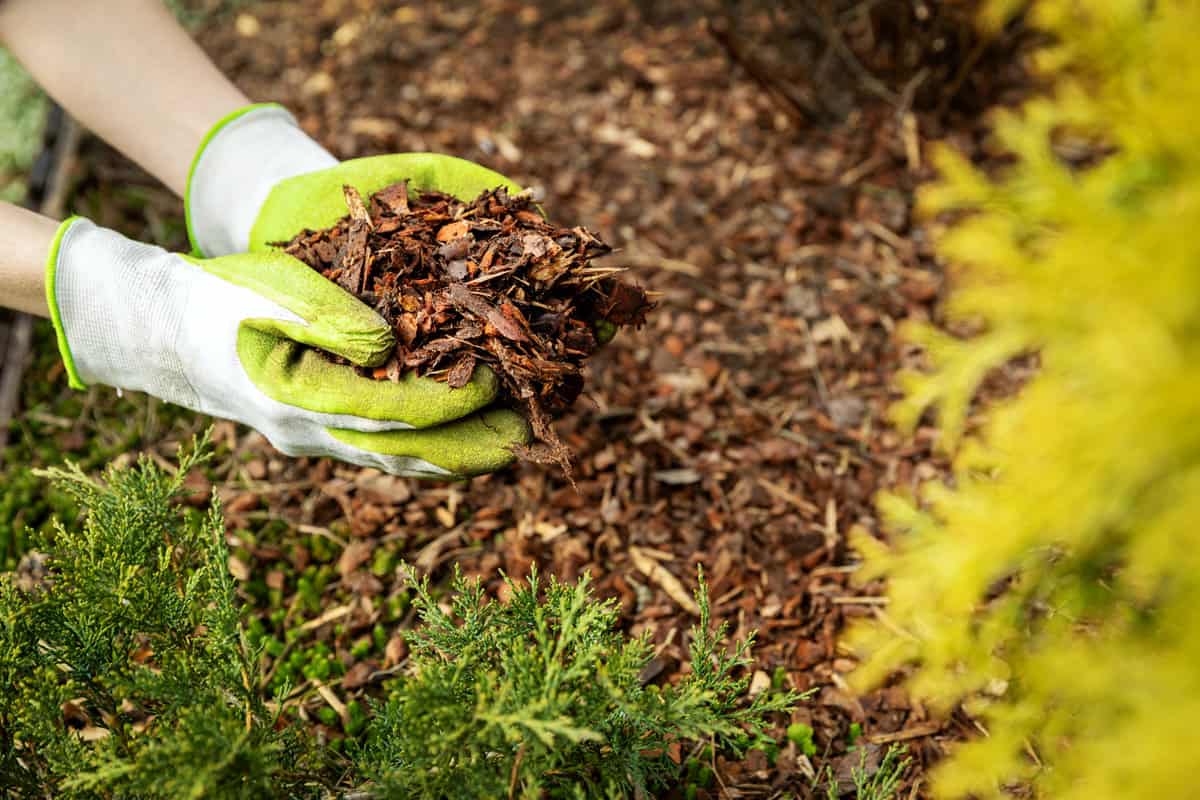
Organic mulches are materials that decompose over time. Typically, organic mulches are selected if your goal is to enhance the quality of your soil bed. Most of these organic mulches are free and available in your backyard or garden. Let's take a look at a few options.
Dried Leaves
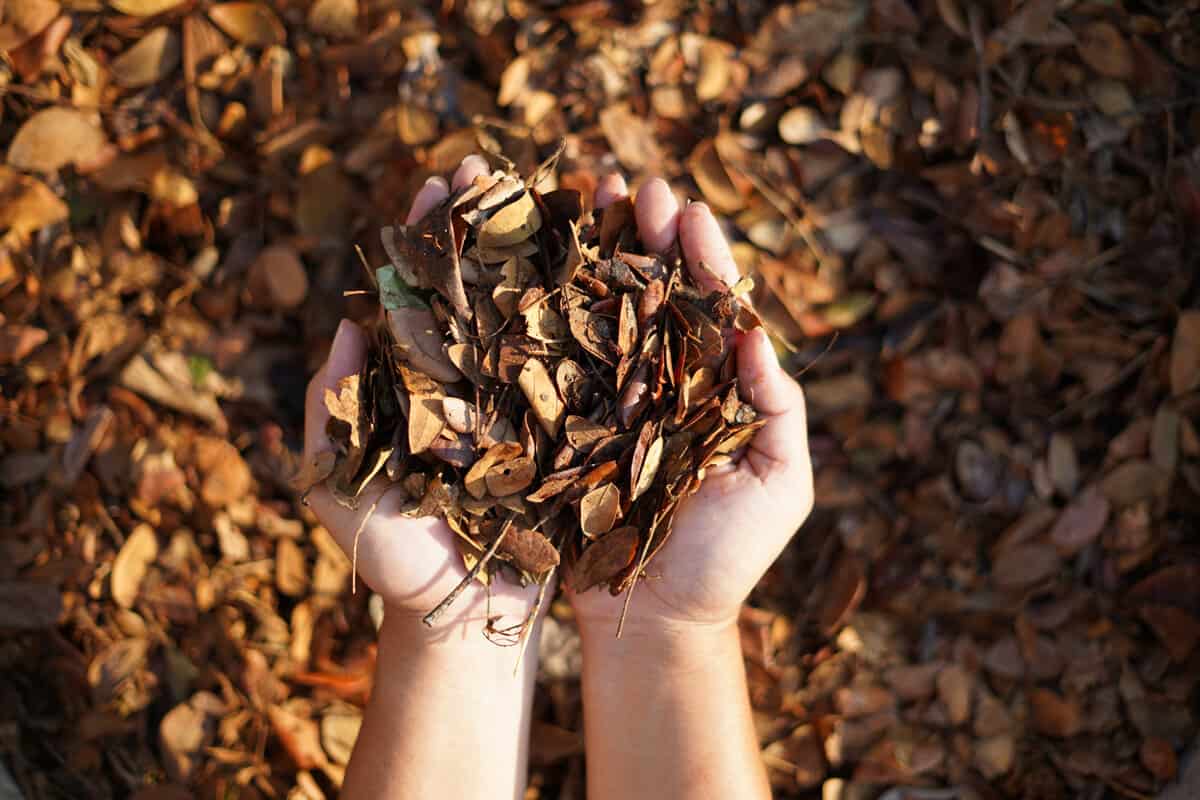
This type of organic mulch is best for flowers. The mulch material must be free of chemicals and has not been exposed or treated with herbicide as it may affect plant growth.
Grass Cuttings

Grass cuttings are free and readily available in your garden. If you aim to prevent weed growth, you can use a thin layer of grass. This type of mulch is ideal for flower beds.
Cocoa Shells
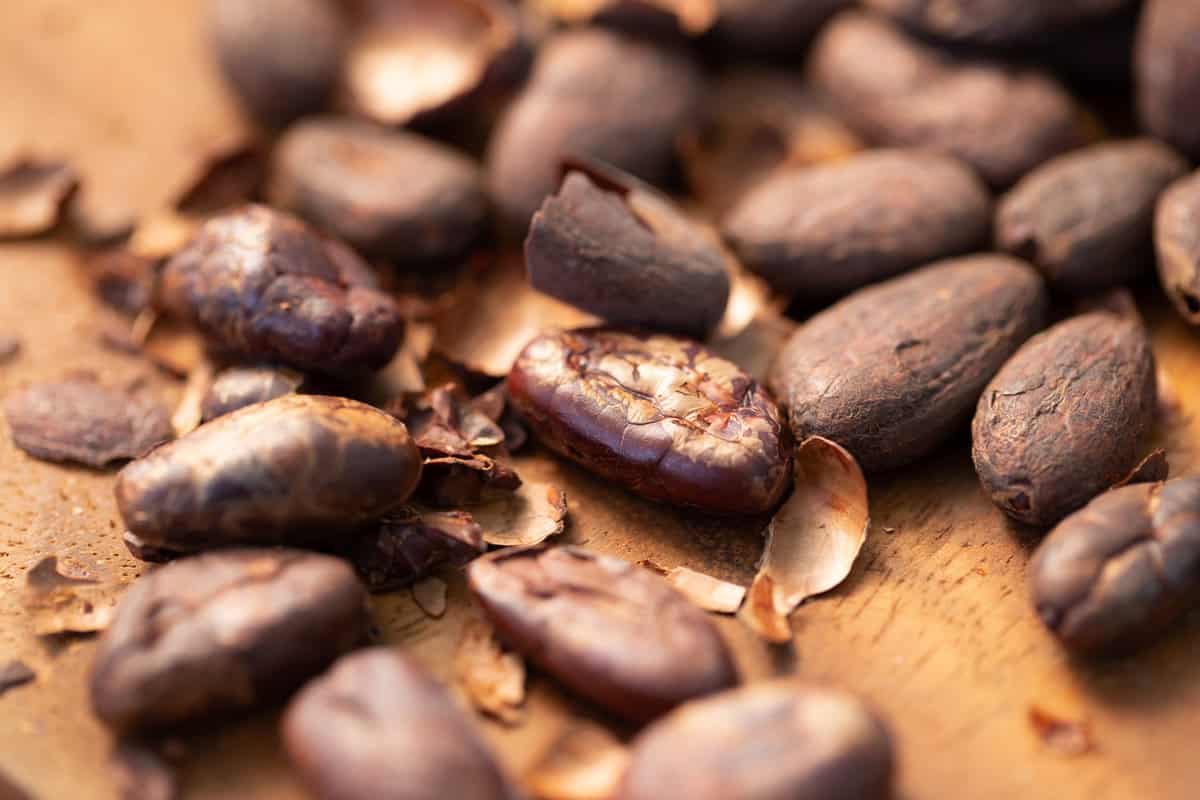
Cocoa shells are well-liked as mulch due to their aroma and pleasing color. This mulch breaks down gradually over time, so you replace it annually. Lay the shells on the entire bed and place a mulch with a thickness lesser than an inch.
Wood Chip
Wood chip is a very effective and cost-efficient type of mulch. This type of mulch reduces weed growth and keeps moisture within the soil. Wood chips are best around trees.
Inorganic Mulch
Inorganic mulch is a manufactured product. These mulches are commonly used in landscaping because they do not deteriorate. This mulch does not enhance soil conditions, and water is impermeable underground. The following are common types of inorganic mulch:
Pea Shingle
Pea shingle is composed of small stones with smooth edges. This mulch is a good choice for landscaping perennial flowers and trees. Remember, a pea shingle size should be smaller than 1/2 inch to conserve water and control weeds.
Check out this decorative natural granite pea gravel for aquariums and landscaping on Amazon.
Gravel, Stones, and Rocks
Gravel mulch works best during winter or when the climate is cold because these are good conductors of heat. This type of mulch help sustains the ideal condition of plants throughout the cold weather.
Check out these naturally polished, mixed-color stones on Amazon.
Polyethylene Plastic
This type of mulch is also known as black plastic sheets. Black plastics are impenetrable. Oxygen and water cannot pass through to the soil, so you'll want to use this type of mulch in combination with an irrigation system.
Check out this polyethylene sheeting on Amazon.
Polypropylene Plastic
Polypropylene plastics are known as fabric mulch or knitted plastic weed inhibitors. This type of plastic allows water and oxygen to penetrate underground but of a minimum amount. Also, weeds sprout on fabric, thus disrupting the growth and development of plants. This type of mulch is useful for extensive vegetable farming with irrigation.
Check out this durable and heavy-duty garden weed barrier landscape fabric on Amazon.
Rubber
A shred rubber has various colors. You can use whatever you like depending on your preferences. You can place two inches of shredded mulch on your garden bed. This mulch will help retain moisture and keep the soil warm during cold climates.
Check out this recycled rubber permanent mulch border on Amazon.
Why Do Gardeners Use Mulch?
Mulching is a method of controlling the emergence of weeds without using herbicides. Some mulches act as fertilizers adding nutrients to the soil.
A mulched soil is an ideal environment for insects like beetles and earthworms that aids in the decomposition of organic mulch and regulates pest manifestation. Also, mulch provides protection and security not only to your plants' health but also from soil erosion.
What Are The Downside Of Mulching?
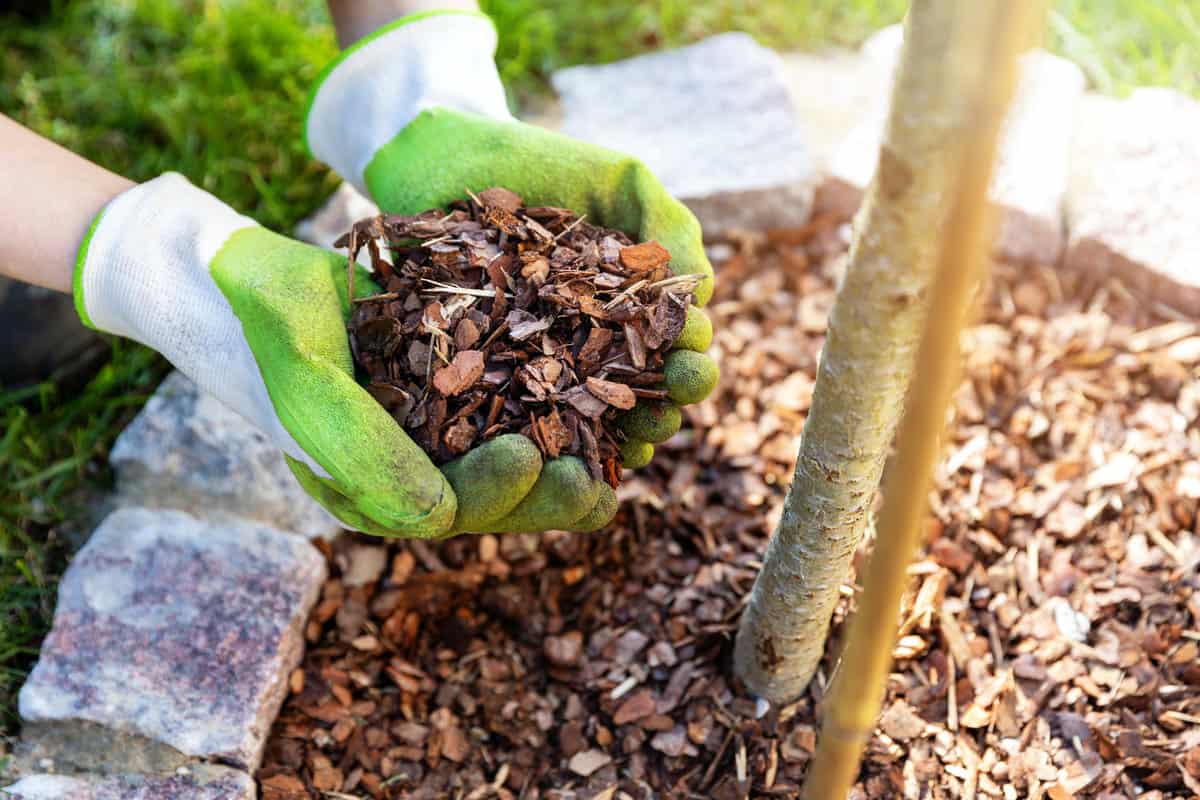
Mulching has a lot of benefits for the soil and plants. However, mulching can have adverse effects that could eventually damage the entire plant. Over-mulching your garden bed can block the passageway of oxygen and water, thus suffocating and burying the plants in no time.
You should also avoid placing mulch too close to trees because it can decay your trunk. You make sure to mulch your bed properly cause it may cause harm and deficiency to your plants. When you find discoloration on the plant leaves, you can apply a fertilizer that fertilizers rich in nitrogen to the mulch.
What Is The Best Time To Mulch?
As we've seen, mulching can save you time, money, and energy. Some gardeners mulch whenever they want to, yet there is a right time to mulch. Eventually, the ideal time to mulch is during early spring. However, some instances require mulching during autumn and winter seasons because of the extreme temperature.
Early Spring
New plantings are commendable for mulching during this season. The soil moisture is adequate for the plants. You can prevent weeds from germinating when you mulch at this early stage.
Autumn
Mulching during autumn is not encouraged unless you have an untamed garden bed. You can also place a thick layer of compost mulch on the entire bed. Mulching is necessary to prevent soil erosion.
Winter
When your environment is freezing, you apply heavy mulches like straw and pine needles to keep the plant latent until spring. Apply the mulch around perennial plants and new plantings to help them withstand the extreme weather.
Takeaway
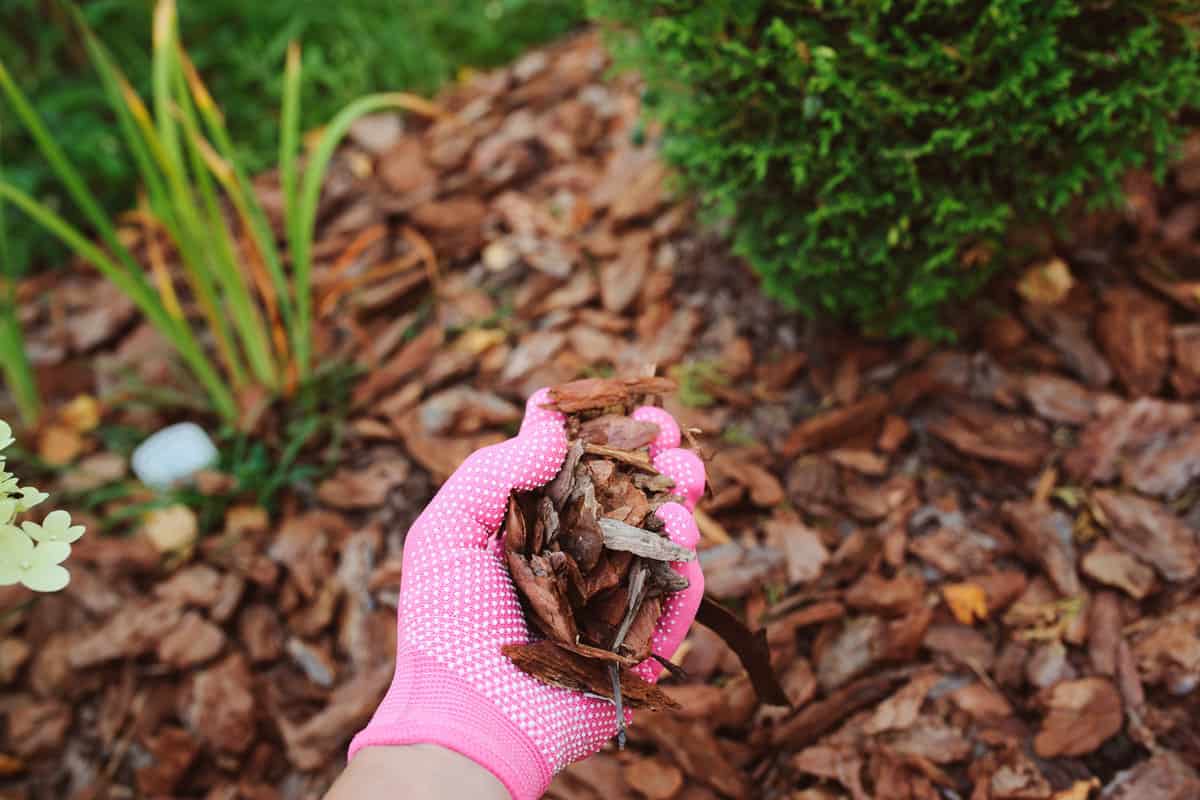
Mulch is indispensable to every farmer and gardener. Mulching improves the soil, stabilizes moisture, reduces weed emergence, and helps your plants survive extreme weather.
Mulching from scratch requires a thorough understanding of how mulch works. You need to consider the soil condition and prepare the materials where you intend to place the bed, what type of mulch material to use, and the required mulch depth.
To learn more about mulch, you can check these other posts:








